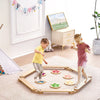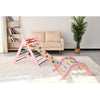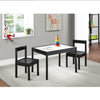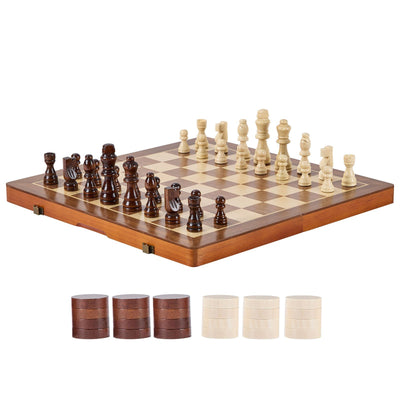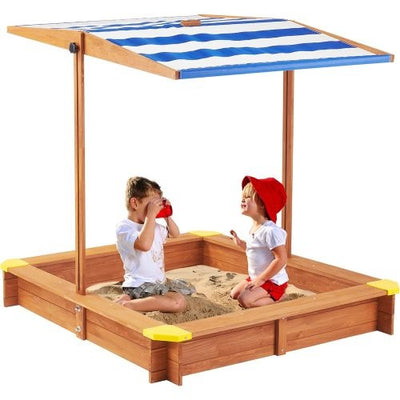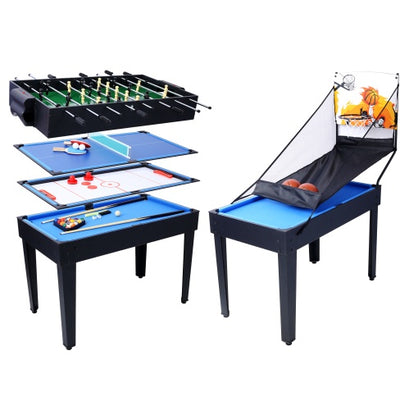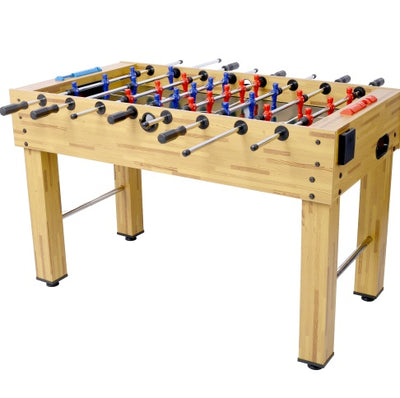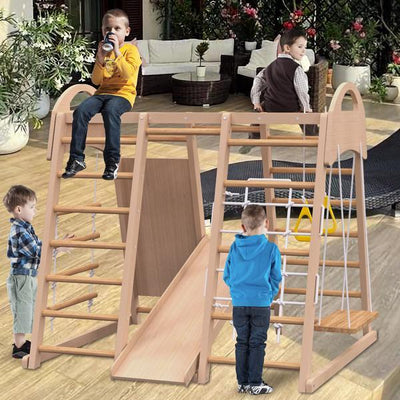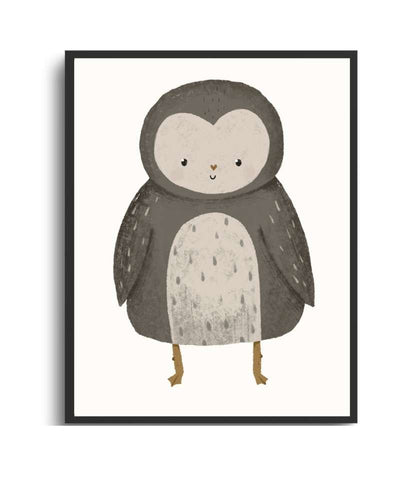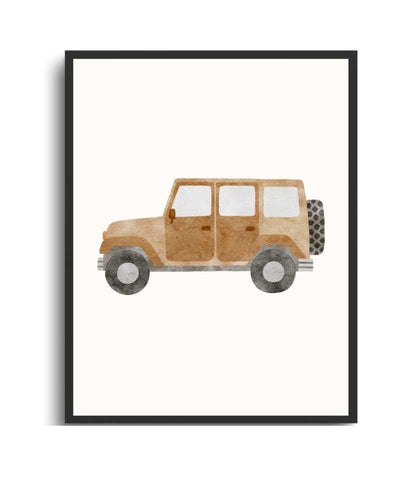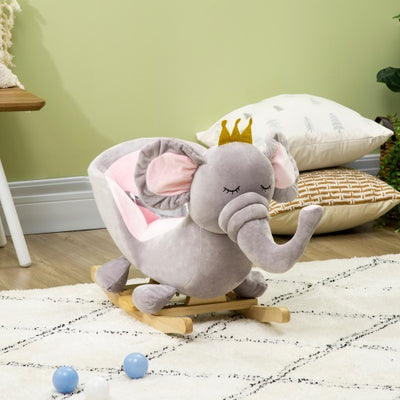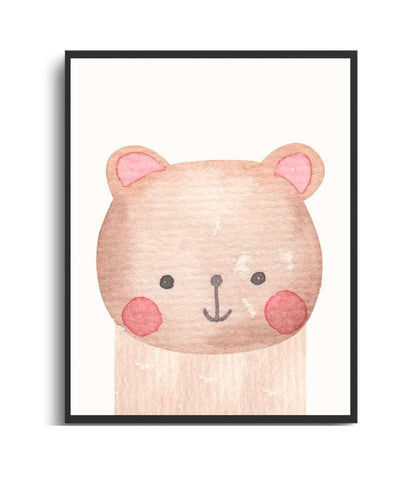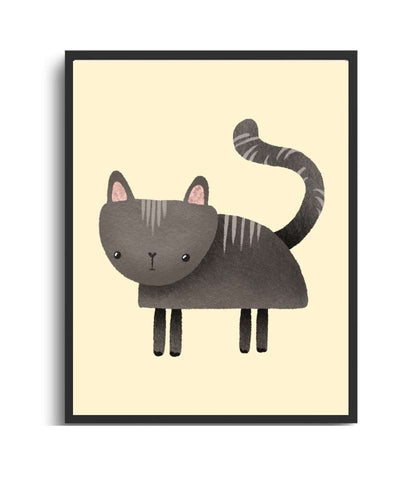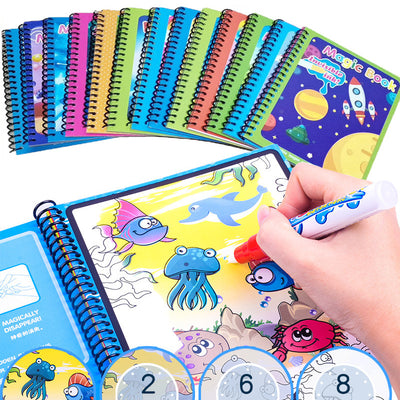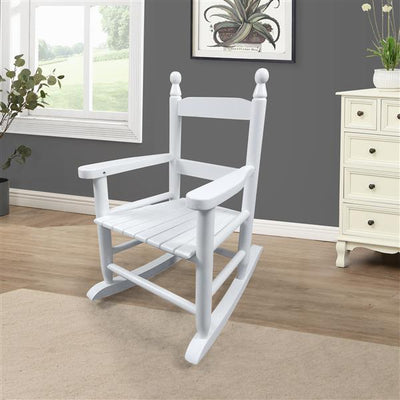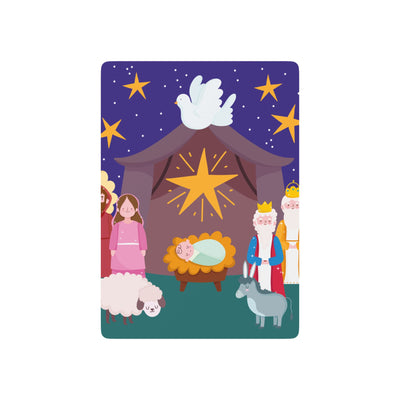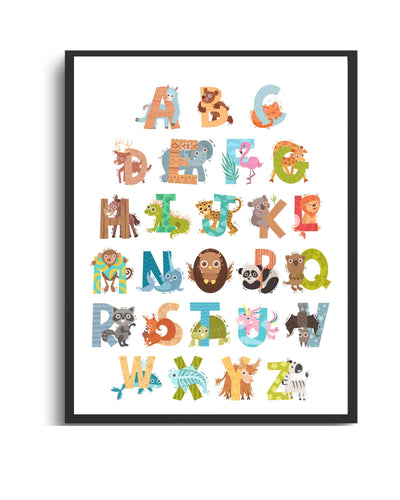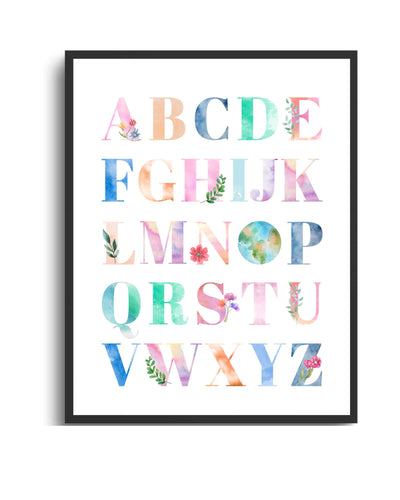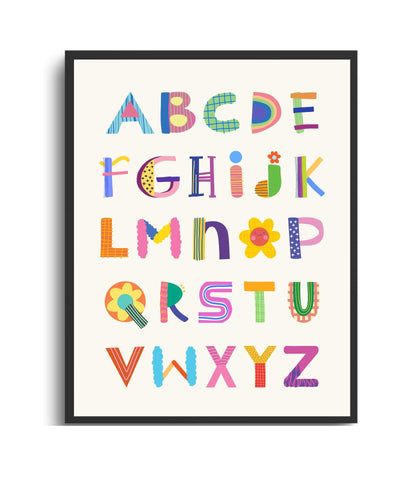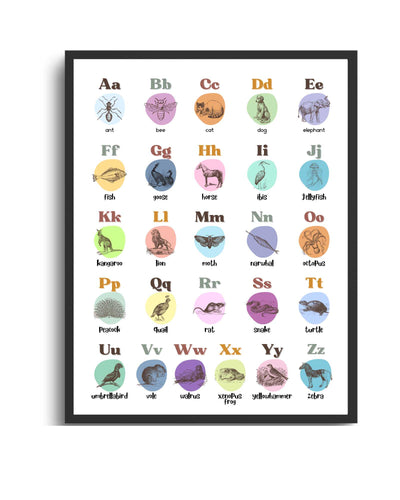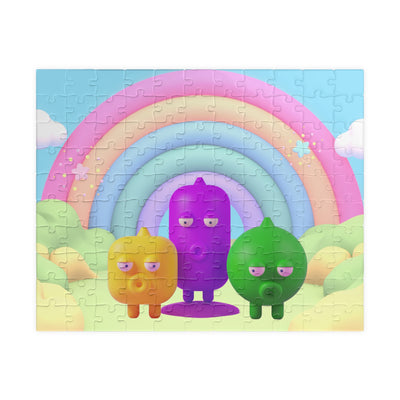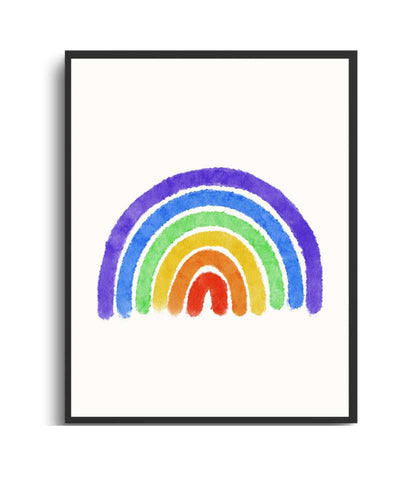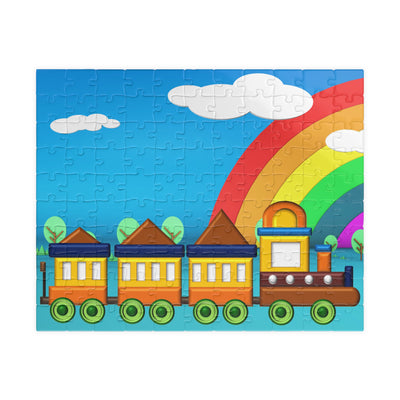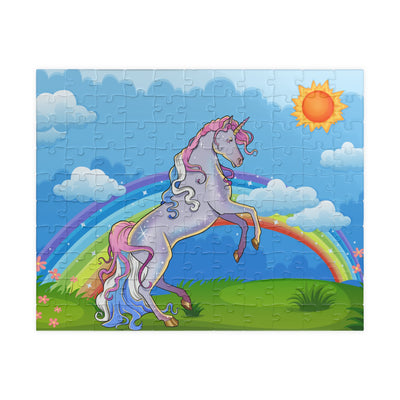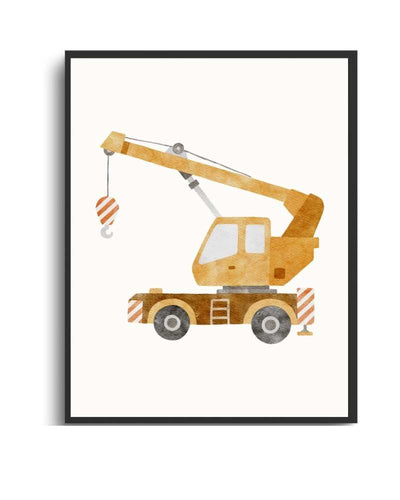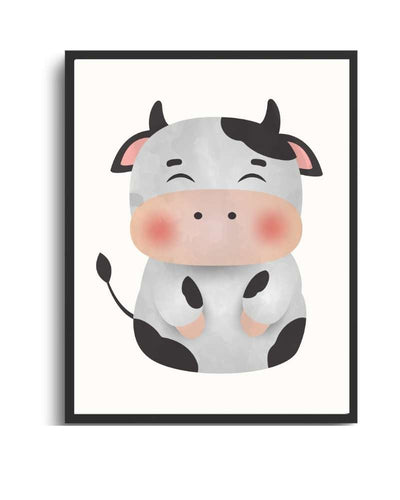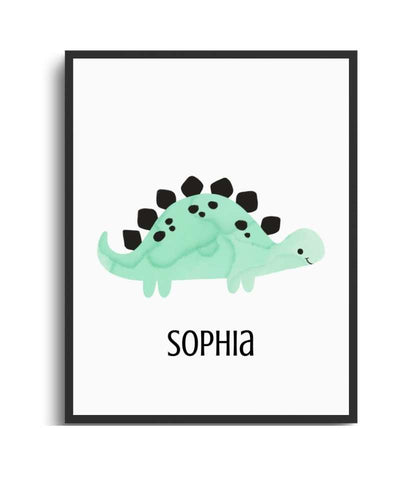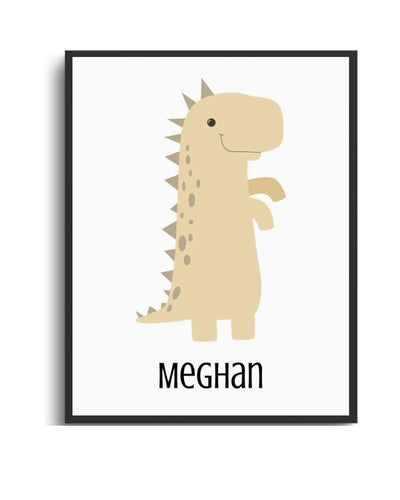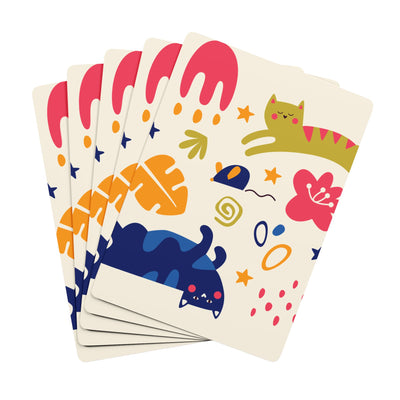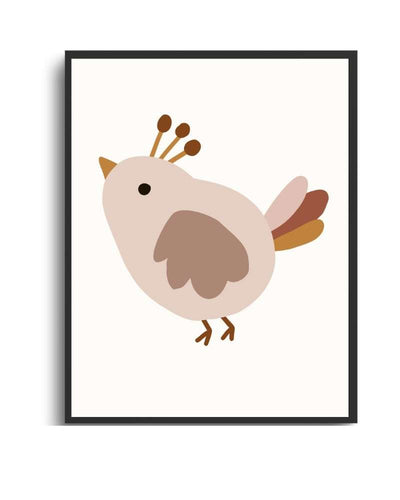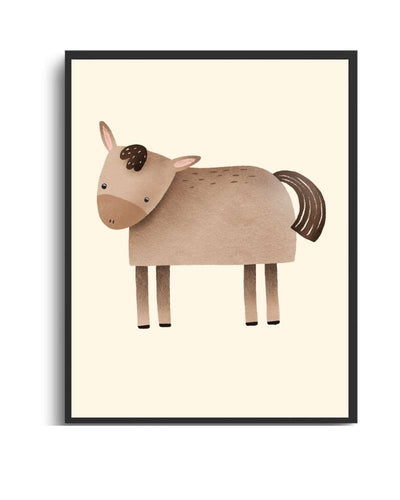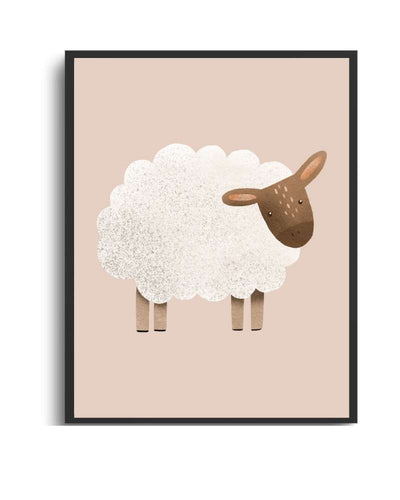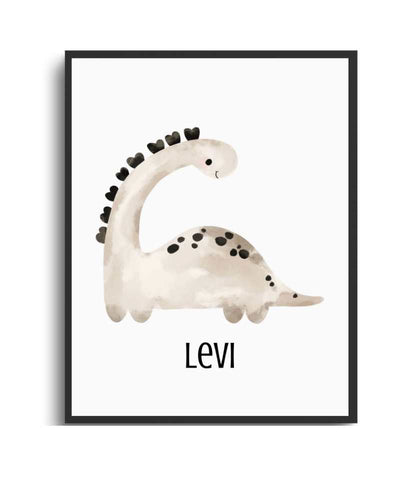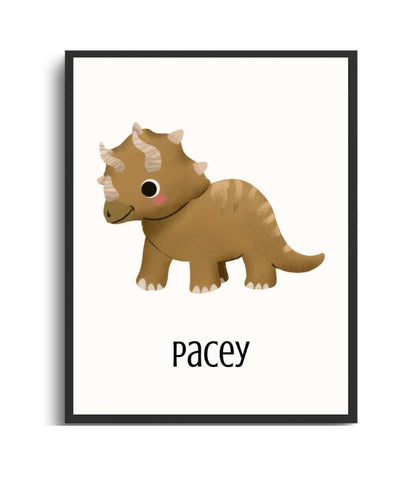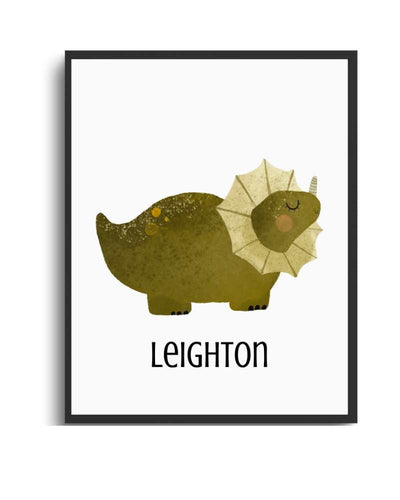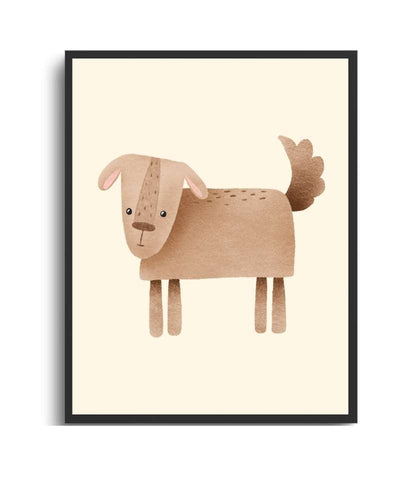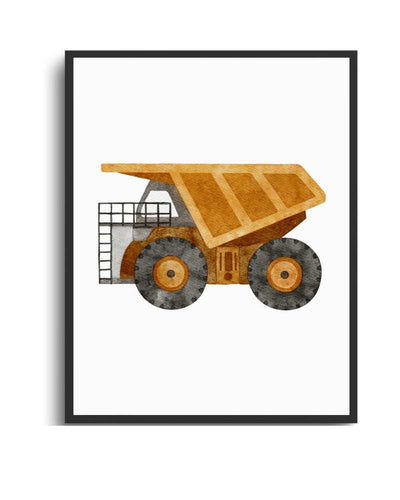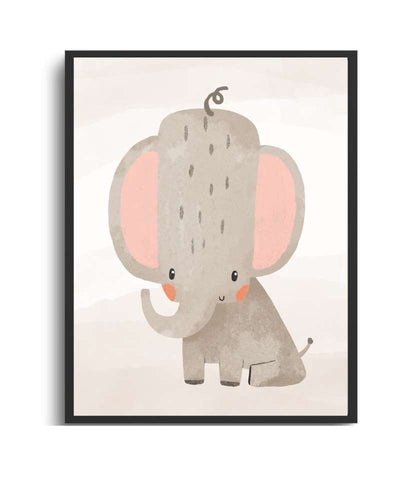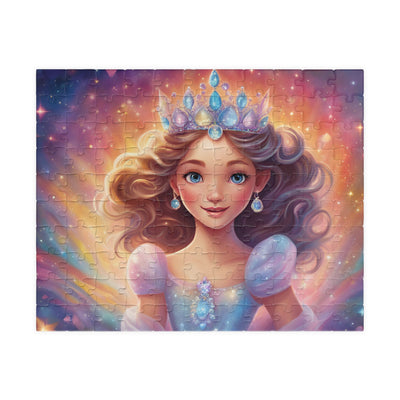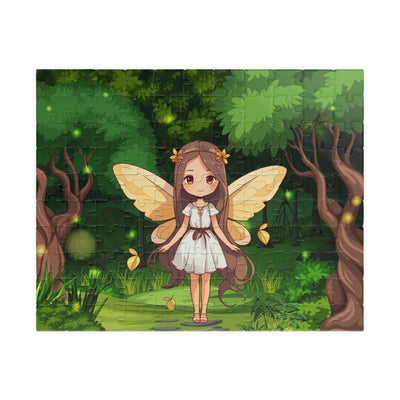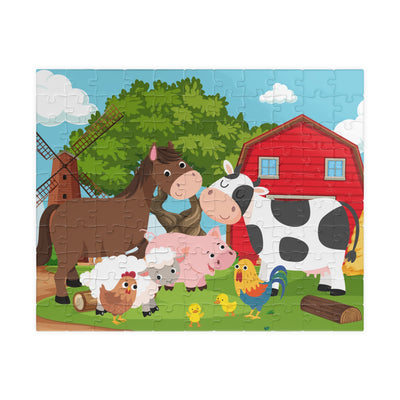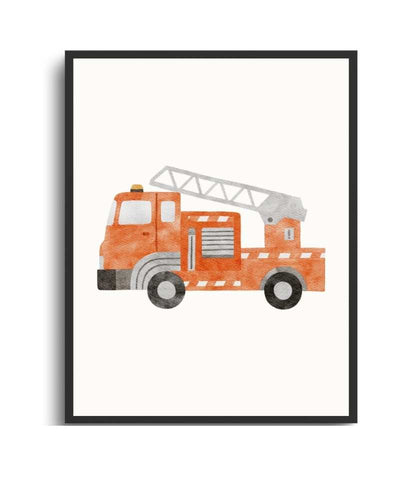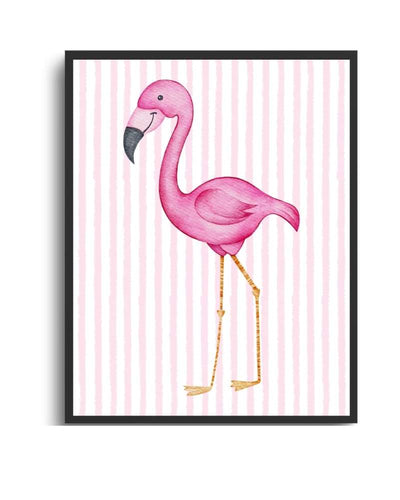Wooden toys have been cherished for generations, captivating children's imaginations and fostering essential skills. From fine motor coordination to creativity, these toys offer a myriad of benefits beyond mere entertainment. Let's explore 10 types of wooden toys and the valuable skills they cultivate in children.
Wooden puzzles and shape sorters engage children in problem-solving and spatial awareness. As they fit pieces together or match shapes, they develop critical thinking skills and learn about patterns and relationships.
Building blocks are timeless classics that encourage creativity and imagination. Children experiment with balance, symmetry, and structure, honing their spatial reasoning and fine motor skills as they construct towers, bridges, and fantastical structures.
Stacking rings teach children about size, sequencing, and coordination. As they stack wooden rings onto a peg, they refine their hand-eye coordination and learn concepts like big and small, top and bottom.
Wooden vehicles inspire imaginative play and facilitate the development of storytelling skills. Children explore motion and direction as they push toy cars along surfaces, fostering an understanding of cause and effect.
From kitchens to dollhouses, wooden role-play sets encourage social interaction and communication. Children engage in imaginative role-play scenarios, practicing empathy, negotiation, and cooperation as they take on different roles and explore various narratives.
Wooden musical instruments, such as xylophones and drums, introduce children to the world of music and rhythm. By experimenting with sounds and beats, they enhance auditory discrimination and coordination while expressing themselves creatively.
7. Art Supplies
Wooden art supplies like easels, paintbrushes, and drawing boards foster creativity and self-expression. Children explore different textures, colors, and techniques, developing fine motor skills and unleashing their artistic potential.
8. Educational Puzzles and Games
Wooden educational puzzles and games, featuring letters, numbers, and shapes, make learning fun and interactive. Children reinforce literacy and numeracy skills while engaging in hands-on activities that promote cognitive development.
9. Pull Toys
Pull toys encourage physical activity and gross motor skills development. As children pull wooden animals or carts along, they strengthen muscles, improve balance, and learn about cause and effect relationships through movement.
Wooden Instruments and Tool Sets
Wooden instruments and tool sets provide opportunities for hands-on exploration and experimentation. Children develop problem-solving skills and spatial awareness as they manipulate tools and instruments, fostering a sense of curiosity and confidence.
Wooden toys offer more than just entertainment; they are powerful tools for childhood development. From enhancing fine motor skills to fostering creativity and social interaction, each type of wooden toy plays a unique role in nurturing essential skills in children. By incorporating these timeless toys into playtime, parents and caregivers can support holistic development and ignite a lifelong love for learning in their little ones.





















